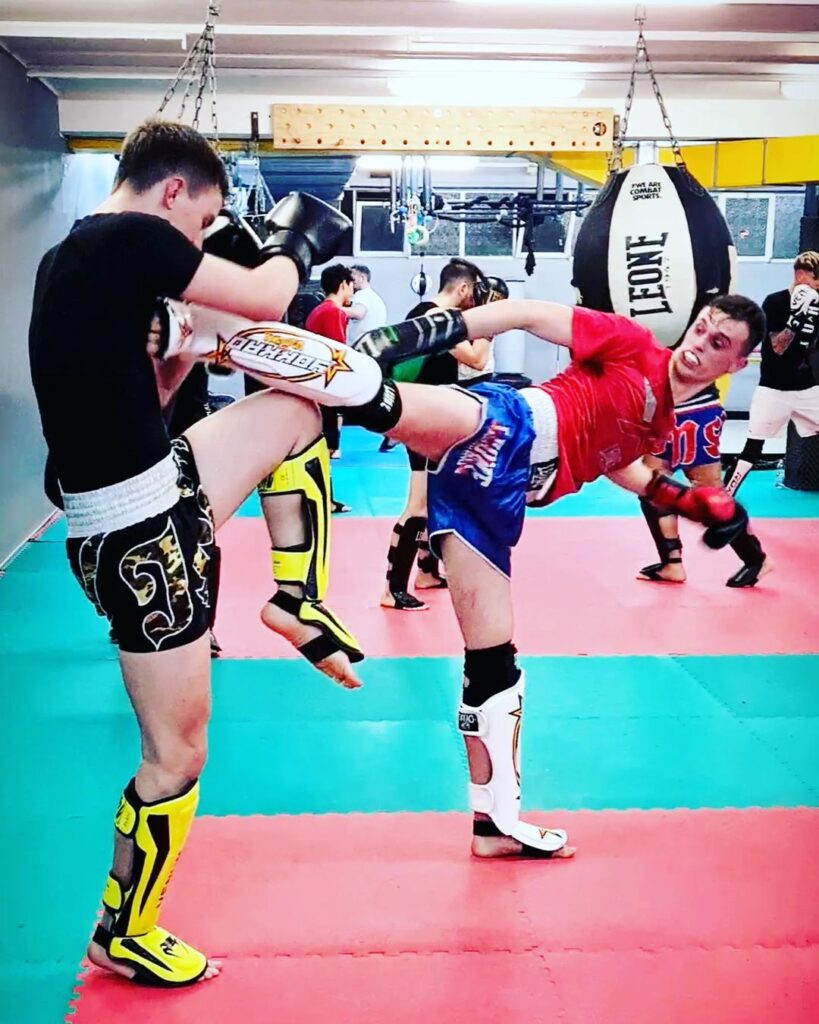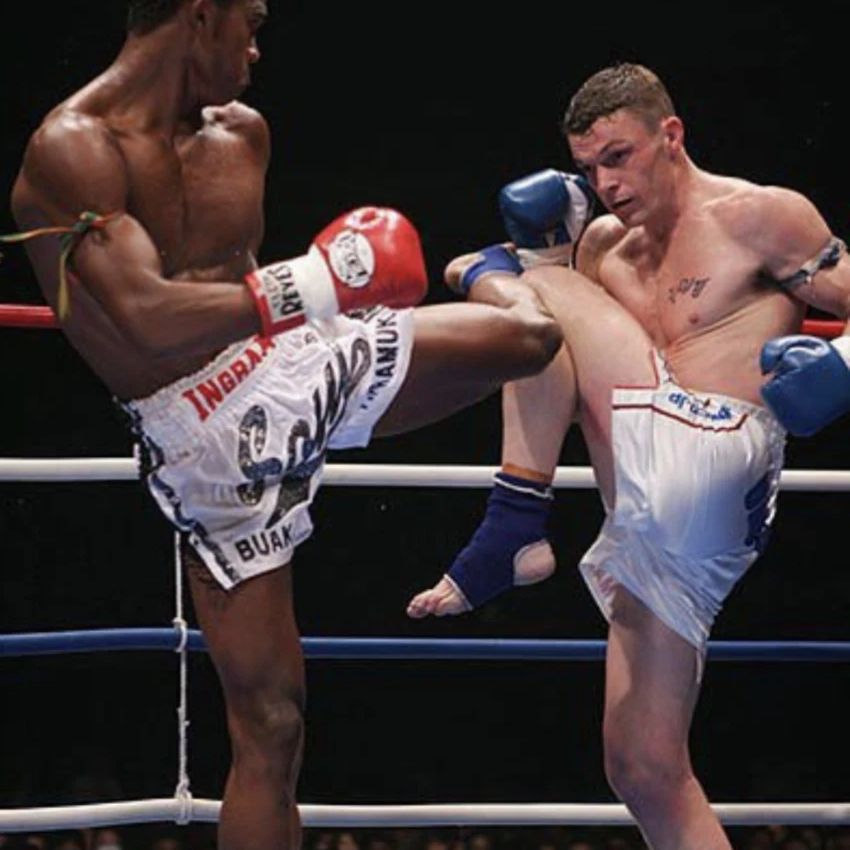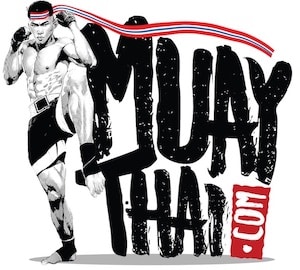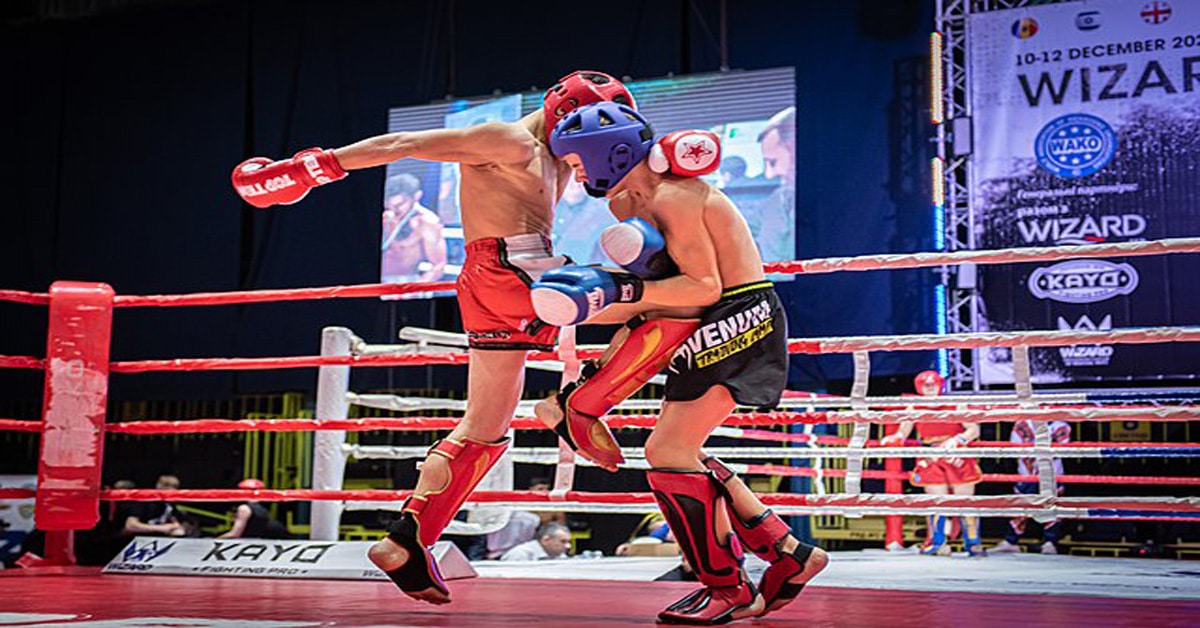What is K-1 Kickboxing? And Does K-1 Still Exist Today?
K-1 Kickboxing is one of the incredible forces that created the combat sports boom of Japan, a golden era of combat sports. What is K-1 Kickboxing? Alongside PRIDE FC, K-1 was able to create an unforgettable epoch of sports. Additionally, K-1 was a new set of rules for fighting that has become the standard method used by nearly all organizations.
K-1 is both an organization of combat sports as well as a style of fighting. What is K-1 Kickboxing? It was a new kickboxing style and an arena where legendary athletes were forged. Global stars such as Peter Aerts, Andy Hug, Ernesto Hoost, Buakaw Banchamek, and others, came to define this generation of fighting.
K-1 as an organization also had K-1 MAX, for smaller fighters, and the K-1 Hero’s platform for MMA fighting. Many fans will recognize the K-1 Dynamite series, a crossover event where K-1 stars would face off against PRIDE FC athletes. These matches are still the most watched events in combat sports history. What is K-1 Kickboxing without its various formats?
What is K-1 Kickboxing? It is a style of fighting as well as an organization that had a coveted annual Grand Prix. K-1 was one of the most important companies of the early 21st century as it pertains to combat sports. And yes, K-1 still exists today both as a style and an organization. If you are asking what is K-1 Kickboxing then you are in the right place because we have the answer.

What is K-1 Kickboxing the Style?
What is K-1 Kickboxing as it pertains to the style? Today, there are four major kickboxing organizations, including GLORY Kickboxing, RISE, K-1 World GP, and ONE Championship. Despite being four different companies they all follow the same set of rules all of which are based on K-1 Kickboxing rules.
Organizations such as WAKO and ISKA award world titles for kickboxing, and call it K-1 Kickboxing, and outline all of the rules in their rulebooks. WAKO and ISKA, in addition to awarding world titles, act as regulatory bodies for kickboxing organizations, such as GLORY for example. ISKA and WAKO also are the regulatory bodies for kickboxing in nations such as the USA, France, and others, especially for amateur athletes.
What this is trying to say, is that K-1 itself is a sport. The term K-1 Kickboxing could be referring to the set of rules or the K-1 organization. What is K-1 Kickboxing? Both an organization and a set of rules.
Where do K-1 Rules Come From?
What is K-1 Kickboxing in terms of the rules? To describe the rules is also to take a quick look at the history of kickboxing worldwide. There are many forms of fighting that fit under the label of kickboxing. These include Full-Contact, Shoot Boxing, Sanda, Lethwei, Savate, Karate, Muay Thai, and, of course, K-1.
In the early 1990s, the organization K-1 wanted to create a universal fighting platform for kick-fighters. Who would win in a fight, a full-contact fighter or a Muay Thai fighter? The answer, of course, depends on the sport. But what if we could create a neutral ground where both can compete? This was the philosophy in creating K-1 Kickboxing rules.
What is K-1 Kickboxing and its rules? Here’s a quick outline of K-1 Kickboxing rules:
- Punches to the head and body are permitted
- Kicks to the head, body, and legs are permitted
- All types of kicks are permitted
- Knees are permitted
- Elbows are not permitted
- Catching kicks are permitted (But only allow one strike)
- Clinching is permitted (But can only land one strike with one hand on your opponent)
- Ground fighting is not permitted
- Submissions are not permitted
- Trips, throws, sweeps, and takedowns are not permitted
This was a balance of all the kick-fighting styles and was designed to be an equal ground for all the fighters. For example, Full-Contact does not allow clinching or kicks to the legs. Karate does not allow for punches to the head. Muay Thai allows for trips and clinch work plus elbows. Sanda allows for takedowns. Shoot Boxing allows for standing submissions. Savate only allows for four types of kicks to be used. As you can see, K-1 was meant to be a neutral space where all kick-fighters could compete. A fighter from any of these sports would have some rules in their favor and some working against them. What is K-1 Kickboxing? It is a balance of kick-fighting styles.
The first K-1 Kickboxing Grand Prix took place in 1993 and featured eight athletes from different backgrounds. These included Vale Tudo (no rules fighting), Full-Contact, Karate, Muay Thai, MMA, and Taekwondo.
What is the K-1 Organization?
K-1 Kickboxing was founded in 1994 as a neutral space for all kick-fighting styles designed around an annual tournament. Over time, the style and rules of K-1 became the standard form of kickboxing. What is K-1 Kickboxing? Both a set of rules and a company. The company had different K-1 brands built within it. The K-1 Grand Prix was made for heavyweight strikers, K-1 MAX was for lower-weight class strikers, and K-1 Hero’s was for Mixed Martial Arts.
The K-1 organization hosted some of the largest fights in combat sports history. During the golden age of K-1, the fights would frequently take place in sold-out spaces such as the Yokohama Arena, Saitama Super Arena, and the legendary Tokyo Dome. K-1 Kickboxing and PRIDE FC brought in a golden age of combat sports to Japan in the early 2000s. What is K-1 Kickboxing without its unforgettable matches in the Tokyo Dome?
It wasn’t just sold-out arenas, it also earned blockbuster television ratings. For example, the biggest fight in K-1 history was Bob Sapp vs. Akebono had a whopping 54 million viewers. Masato vs. Norifumi “KID” Yamamoto earned a 31-point rating, meaning 31% of all television sets in Japan watched this matchup live.
What is K-1 Kickboxing and what was its format? K-1 used an annual Grand Prix format. All of its events were leading to its year-end event. The year-end event would be a single-night eight-man tournament. The winner of the tournament would need to compete against three opponents in just a matter of a few hours. It was a grueling format, the winner would need to have nearly super-human fortitude. And it was because of how challenging this Grand Prix was that it would lead to incredible unforgettable moments. The K-1 Grand Prix was unmissable television. It also created superstars.
Who were K-1’s Biggest Stars?
What is K-1 Kickboxing without its legendary list of superstars? K-1 created so many incredible combat sports stars. These figures were respected across all combat sports.

Remy Bonjasky
The Dutch athlete Remy Bonjasky was celebrated for his exciting style that would often lead to impressive knockouts. In his career, Bonjasy would take home three K-1 World Grand Prix Titles.
Peter Aerts
Peter Aerts, of The Netherlands, is one of the most recognizable names in all of kickboxing history. Aerts was well known for his thunderous head kicks. He competed in K-1 from 1993 to 2010 and along the way picked up three Grand Prix Titles. What is K-1 Kickboxing without “The Dutch Lumberjack”?
Andy Hug
“The Blue-Eyed Samurai” Andy Hug, of Switzerland, is an unforgettable figure. He was a karate-based striker who adapted his style to K-1. Best known for his spinning attacks that would lead to brutal knockout wins. Hug was a one-time Grand Prix Champion.
Ernesto Hoost
“Mr Perfect” Ernesto Hoost is the greatest kickboxer to ever live. Prior to K-1, he competed in Savate, Full-Contact, and Muay Thai; so when K-1 came around he had the perfect background to blend all of his styles. In fact, a lot of techniques in kickboxing are based on what Hoost did in the ring. Through his storied career, he would capture four Grand Prix titles. What is K-1 Kickboxing without Ernesto Hoost? It would become hard to define.
Norifumi “KID” Yamamoto
“KID” Yamamoto was an MMA fighter in the K-1 Hero’s series. He holds the record for the fastest knockout in the organization’s history at just four seconds. Earning a K-1 MMA world title in 2005 propelled him to superstardom.
Masato Kobayashi
The Japanese-born Masato Kobayashi ushered in the era of K-1 MAX, the lighter-weight classes. He had legendary wars and rivalries in his career that would come to define the sport and K-1 MAX as a whole. He is a two-time K-1 MAX Grand Prix World Champion.
Buakaw Banchamek
Buakaw, of Thailand, is one of the most famous combat sports athletes in history. While he is known as a Muay Thai fighter to many readers, the reality is that his biggest sporting success was in K-1 MAX tournaments. With his 2004 K-1 MAX Grand Prix Championship, he single-handedly changed the sport of kickboxing. Overall, he is a two-time K-1 MAX Grand Prix Champion. What is K-1 Kickboxing without Buakaw? It was the catalyst that propelled Buakaw to international fame.
Giorgio Petrosyan
Italy’s Giorgio Petrosyan is largely considered the Pound-for-pound greatest kickboxers in history. His style was a melding of Muay Thai and kickboxing, and his skills are unprecedented even to this day. Throughout his long career, he earned two K-1 MAX World Grand Prix Titles.
Other Notable Stars
The K-1 kickboxing golden era would not be complete without its incredible stars. The following fighters were staples of this era: Semmy Schilt, Mirko “Cro Cop” Filipović, Mark Hunt, Jérôme Le Banner, Ray Sefo, Mike Bernardo, Alistair Overeem, Badr Hari, Andy Souwer, Mike Zambidis, and Bob Sapp, among many others.
Does K-1 Still Exist Today?
Yes, K-1 still exists today. It has even produced some mega-stars in Japan. What is K-1 Kickboxing and what happened to it? In the early, 2010’s K-1 fell on hard times. The combat sports boom of Japan had ended, PRIDE FC was sold to the UFC, and K-1 sold its assets to various entities. However, during that time, K-1 Kickboxing in Japan still continued but was not as popular as it once was.
Although, K-1 through this time was no longer the leader in kickboxing. Organizations such as GLORY Kickboxing, Wu Lin Feng, Kunlun Fight, RISE World Series, and ONE Championship were able to rise to prominence, all trying to capture the magic that K-1 once had. Additionally, kickboxing organizations such as It’s Showtime and Bellator Kickboxing would come and go.
After a tumultuous decade, K-1 Kickboxing in Japan has become a prominent sport again due to the efforts of the organization named K-1 World GP. In 2022, K-1 and RISE had a crossover battle called THE MATCH 2022 between superstar fighters Tenshin Nasukawa and Takeru Segawa. This was a battle of multi-divisional champions in kickboxing, two pound-for-pound all-time greats. It was a call back to the golden era of kickboxing as it took place in a sold-out Tokyo Dome plus sold impressive numbers on Pay-Per-View.
K-1 World GP is now expanding internationally. They are looking to work with various kickboxing organizations all around the globe. They are hoping to crown regional champions through tournaments. Then at the end of the year, all the tournament winners would compete in the Grand Prix in Japan.
The trademark of K-1 International was also recently bought back by K-1 World GP. It shows that K-1 is still here today and looking to expand internationally again.
Lastly, what is K-1 Kickboxing? K-1 Kickboxing is both an organization and a standard set of kickboxing rules. Through the Grand Prix series, the combat sports company was able to crown legendary figures through unforgettable battles. The company has gone through some changes, it may no longer be the golden era, but K-1 is around and still kicking today.

